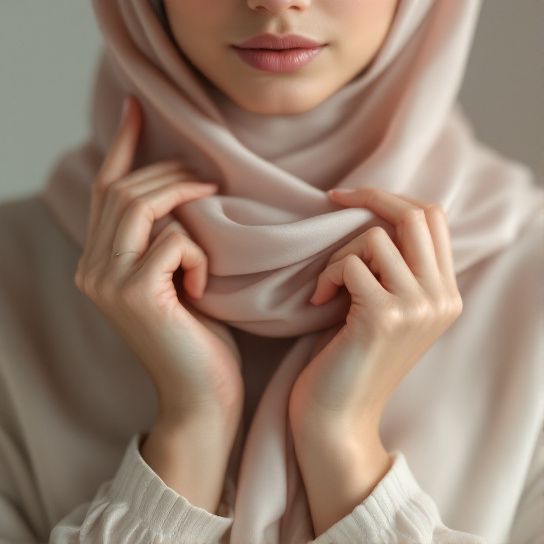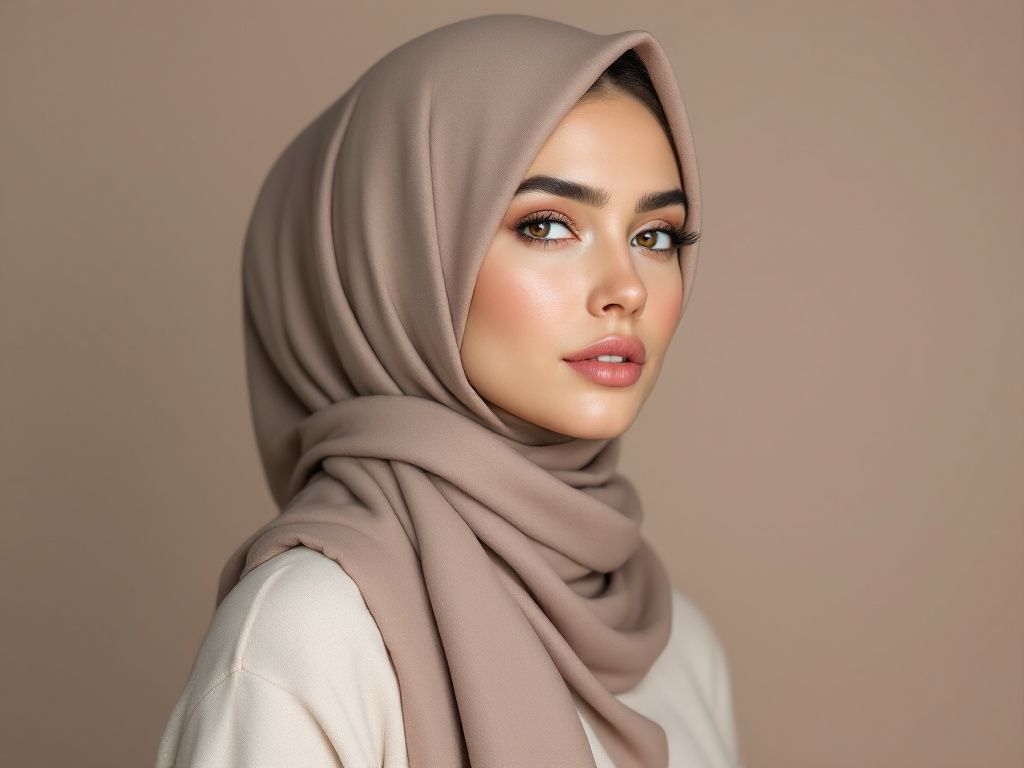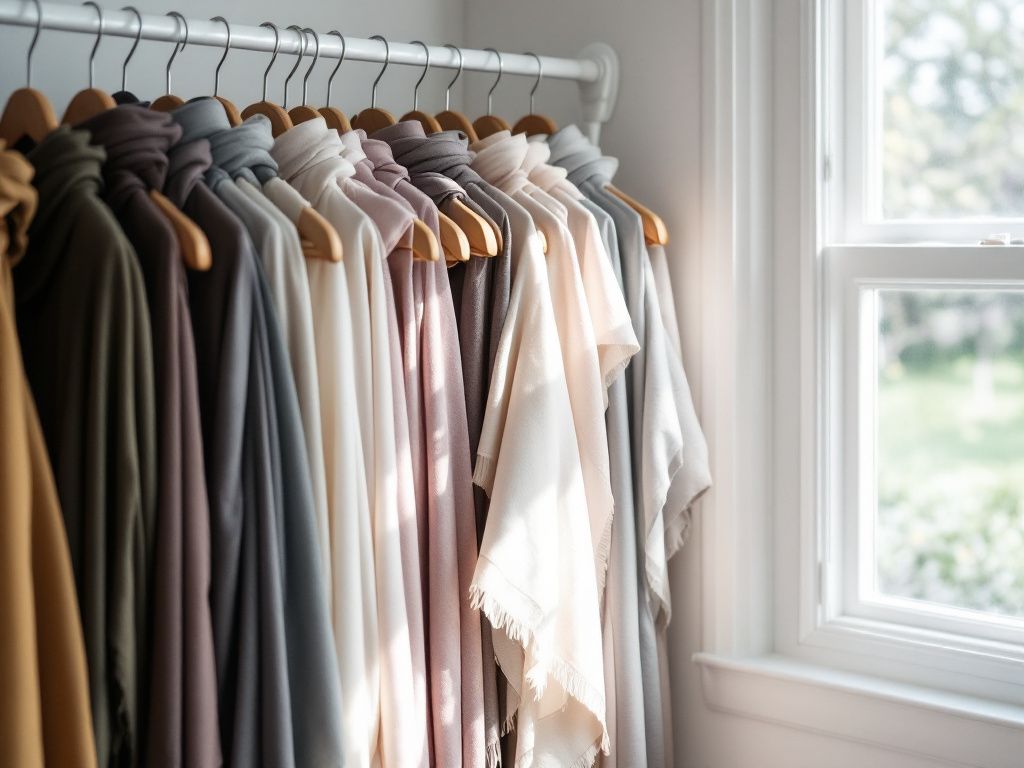
Picture this: you’re sitting at a brand strategy meeting, legs crossed, trying to decide on the direction for your brand’s new visual identity. Maybe you’ve noticed that you’re constantly reaching for those vibrant colors reminiscent of a Moroccan bazaar, or perhaps you’re fascinated by Nordic minimalism. But how do you combine different elements without creating a chaotic visual mess? You’re probably wondering how to effectively integrate a fusion style into your brand palette that’s not only modern but culturally resonant for 2025.
When it comes down to it, embracing cultural fusion in your brand’s palette isn’t just about picking colors that complement one another. It’s about telling a story, connecting with an audience, and integrating diverse influences in a meaningful way that feels cohesive and authentic.
Why Cultural Fusion Matters for Modern Brands
First, let’s tackle why this fusion style is so hot right now. In our globalized world, modern consumers are looking for brands that reflect their lives and values. Brands that inspire tend to weave cultural elements into their aesthetics, creating relatable and inclusive experiences. Trust me—this isn’t just another marketing trend.
The Influence of Cultural Elements
Ever noticed how stories are told through colors, patterns, and styles? Think Indian textiles meeting Scandinavian simplicity. This isn’t about appropriation but appreciation. A genuine cultural blend leverages the beauty of diversity, fostering understanding and resonance across different demographics.
Not only does a culturally blended palette make brands visually striking, but it also advocates for inclusivity. This approach enhances how we connect with audiences of diverse backgrounds, boosting brand loyalty and identity.
—
The Three Pillars of a Successful Cultural Blend
Thinking about venturing into a cultural blend for your brand palette? You’ll need a solid framework. Here’s where the rule of three kicks in—we’re talking about cohesion, authenticity, and adaptability.
1. Cohesion
Oh, the fine art of making different elements work together! This word is thrown around a lot, but it’s key. In a fusion style, cohesion ensures that your chosen elements aren’t fighting each other but instead creating harmony.

- Use Color Theory: Familiarize yourself with how colors interact. Balance bold patterns with neutral tones.
- Pattern Playbook: Respect symmetry and asymmetry; each has its own place in your design.
2. Authenticity
While tempting, avoid “throwing in” traditional patterns or colors just for the heck of it because they look cool. Authenticity resonates with sincerity, ensuring your audience believes in your brand’s values and narrative.
- Research, then Research More: Understand cultural meanings behind symbols and colors. Dive into why certain hues or motifs were chosen historically.
- Collaborations Matter: Work with designers who understand or originate from the cultures you’re incorporating. Their insights will enrich your fusion style enormously.
3. Adaptability
Brands need flexibility—they’re living entities that grow and evolve. A culturally diverse palette should be adaptable enough to grow over time, offering new interpretations while keeping brand identity intact.
- Keep it Modular: Allow for seasonal variations or special edition elements while staying true to your primary palettes.
- Feedback Loop: Regularly engage with your audience. Their interpretations and feedback can guide your cultural fusion strategy.
—
Building a Fusion Style Brand Palette: Step-by-Step
Now you’re probably itching to get to the nuts and bolts. Let’s break down the process into digestible bits.
Step 1: Identify Your Core Values and Audience
Knowing who you are and who you want to serve is the bedrock. This clarity will help in choosing how and which cultural influences to weave into your arsenal.
- Surveys and Data: Compile insights from your existing customer base.
- Cultural Intersection Points: Find where your brand values intersect with cultural diversity.
Step 2: Cultural Audit and Inspiration Gathering

Look around! Cultural fusion is everywhere—on fashion runways, in architecture, in modern art. You’re forming a vision board that crosses continents.
- Mood Boards: Collect images, textiles, and artifacts.
- Visitation and Experience: If possible, immerse in environments you’re pulling inspiration from to deeply understand their essence.
Step 3: Designing Your Palette
Once the inspiration stew is brewing, it’s palette time. Matching and contrasting should align with your story—this is where your understanding of cohesion, authenticity, and adaptability kicks in.
- Digital Mockups: Play around with digital tools for palette testing.
- Authentic Color Pairs: Choose pairings that instinctively feel right, affirming your chosen narratives.
Step 4: Testing and Feedback
Before you unleash your creation onto the world, get a second (or third) opinion.
- Peer Review: Gather impressions from a culturally diverse team.
- Focus Groups: Test palette resonance with segments of your wider audience.
Step 5: Rollout and Celebrate
Time to integrate your fusion style into all aspects of branding. From product packaging to social media presence, let your story unfold.
- Monographs: Dedicate sections on your website to explain the cultural elements in your palette.
- Cultural Storytelling: Share the journey of your palette’s formation with your audience.
—

Embracing Mistakes and Learning Along the Way
No one gets it perfect the first time. Embracing setbacks, and viewing them as part of the learning tapestry, is vital. Did something not quite gel? Seize it as an opportunity to refine your narrative.
Common Pitfalls to Avoid
Here’s what to steer clear of—from someone who’s tripped a few times before.
- One Size Fits All: Avoid assuming what worked for another brand will work the same magic for yours.
- Overcrowding: Don’t stuff too many elements into your visual story—a cluttered approach muddles your effectiveness.
- Lack of Continuity: Ongoing checks ensure your fusion style remains consistent amid trends.
Lessons from the Real World
Absolute marvels have emerged from a strategic fusion palette designed thoughtfully. Brands like Nike have successfully leveraged cultural motifs in a culturally celebratory and respectful manner, resonating globally with impactful diversity messaging.
—
Fusion Style in Action: Mantras for 2025
To wrap it up, you’re entering a space where your brand isn’t just a product, but a cultural participant and pioneer. Embrace fusion style—deliberately and thoughtfully—for 2025. Aim for a cohesive, authentic, and adaptable identity that speaks volumes—creating unshakeable connections.
Keep revisiting and practicing this convergence of multicultural dimensions. Before you know it, you’ll be seamlessly incorporating vibrant Japanese Kanji beside calming Navajo patterns or pairing bright tog hues of Ghana with classic Greek geometric forms.
And remember: storytelling through color and pattern is as old as time. Have fun, be respectful, but most importantly—create with intention. This modern journey, rich with cultural adventure, doesn’t have a definitive endpoint. It’s a beautiful, ongoing evolution.
Happy creating!
Frequently Asked Questions
What is fusion style in interior design?
Fusion style in interior design involves combining different ideas, styles, and elements from various eras and cultures to create a unique and personalized space. It breaks away from traditional design rules, allowing for a mix of disparate elements such as tribal art, different historical periods, and global influences, all unified by common design principles like symmetry and geometry[1).
How did the fusion style in interior design originate?
The fusion style in interior design gained concrete definition in the 1980s as a result of designers deliberately breaking with traditional design norms. This movement was part of a broader anti-establishment trend, where young designers and artists mixed and matched objects and styles from different eras and schools of thought to create something new and innovative[1).
What are the key characteristics of fusion style in interior design?
The key characteristics of fusion style include the combination of different décor styles from various eras and parts of the world, a focus on personal perspective and creativity, and the deliberate mixing of disparate elements. This style is not chaotic but rather a thoughtful and intelligent blend of different design elements, often unified by common themes such as color, shape, or symmetry[1).
Is fusion style limited to interior design, or does it appear in other fields as well?
No, fusion style is not limited to interior design. It also appears in music, where it is known as jazz fusion or jazz-rock fusion, combining jazz harmony and improvisation with elements of rock, funk, and rhythm and blues. This musical genre emerged in the late 1960s and continues to evolve[3][5).
References






